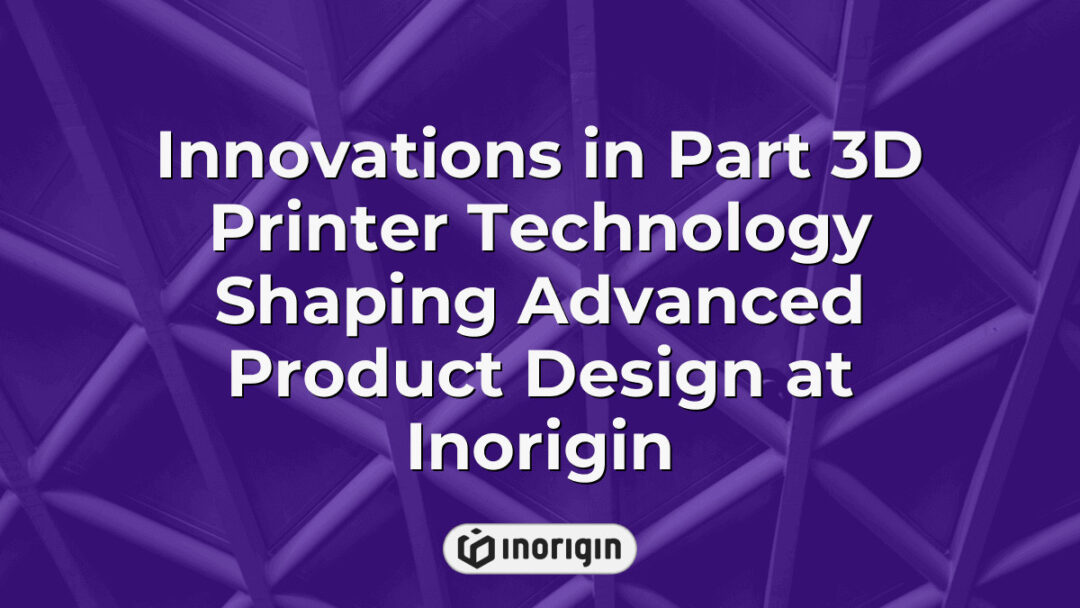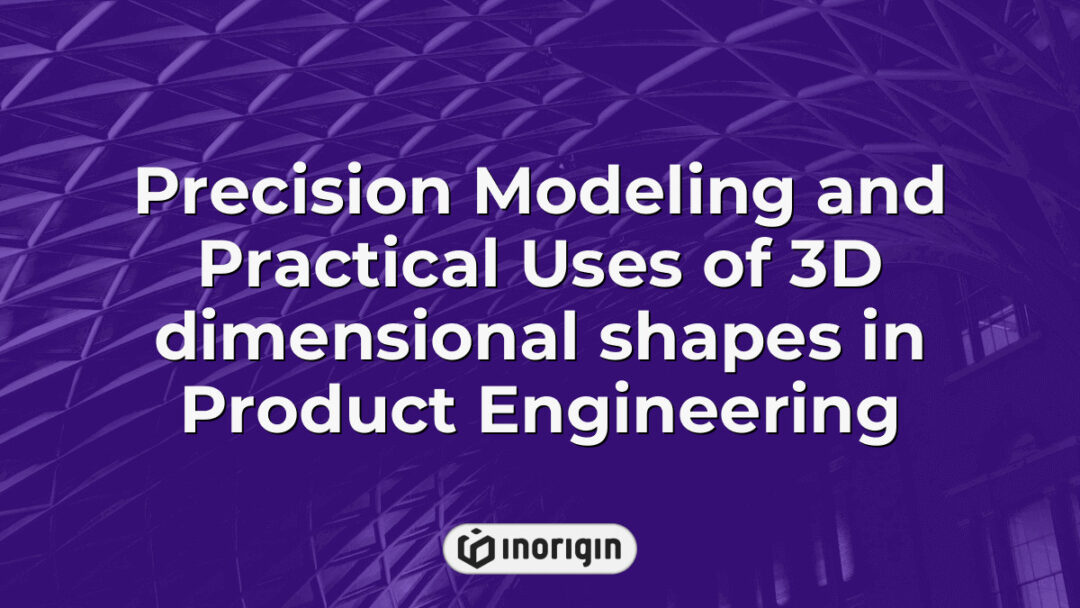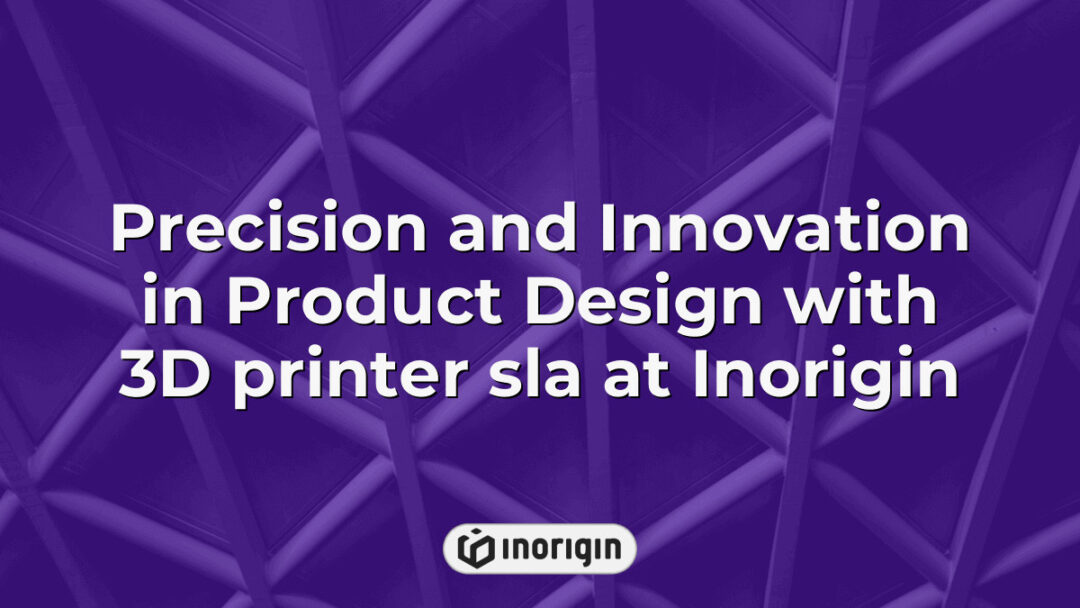In the rapidly evolving landscape of modern manufacturing, the emergence of 3D printing technology has revolutionized traditional production methods, transforming theoretical designs into tangible realities with remarkable efficiency. Often likened to a magic wand for creators and engineers alike, this innovative process allows for unprecedented customization and rapid prototyping across various industries, from aerospace to healthcare. As the capabilities of 3D printers expand and their applications diversify, understanding the underlying technologies, materials, and implications becomes paramount for both industry professionals and academic researchers. This article delves into the intricacies of 3D printing, exploring its transformative potential and addressing the myriad challenges and opportunities it presents in shaping future manufacturing paradigms.
| Aspect | Key Takeaway |
|---|---|
| Focus Keyword Overview | The part 3D printer plays a crucial role in modern manufacturing by converting digital designs into precise physical prototypes, enabling rapid innovation and customized production. |
| Types of 3D Printers | FDM, SLA, SLS, and DLP printers each serve specific industry needs, ranging from detailed resin models to durable aerospace components. |
| Key Components | A 3D printer’s main parts include the frame, motion system, extruder, cooling system, and control electronics, all working together for precise additive manufacturing. |
| Material Selection | Choosing the right materials—from PLA and ABS to metal powders—directly impacts product functionality and determines compatible printing techniques. |
| Calibration & Maintenance | Regular calibration, cleaning, and component upkeep are essential to maintain print accuracy and extend the operational lifespan of 3D printers. |
| Environmental Considerations | Sustainable practices, such as using biodegradable filaments and closed-loop recycling systems, reduce waste and energy consumption in additive manufacturing. |
| Optimizing Print Speed | Adjusting layer height, infill density, and utilizing advanced hardware or software enhances printing efficiency without compromising product quality. |
Understanding The Basics Of 3D Printing Technology
The evolution of 3D printing technology can be likened to the transformative journey of a sculptor, who begins with a block of marble and meticulously chisels away at it to reveal an intricate design. This analogy serves as a powerful metaphor for additive manufacturing, wherein materials are incrementally deposited layer by layer to create three-dimensional objects from digital models. Initially developed in the 1980s, 3D printing has progressed significantly through various methods such as Fused Deposition Modeling (FDM), Stereolithography (SLA), and Selective Laser Sintering (SLS). Each technique employs distinct processes; for instance, FDM utilizes thermoplastic filaments that are heated and extruded, while SLA involves curing liquid resin with ultraviolet light. According to recent industry reports, the global market for 3D printing is projected to surpass $35 billion by 2024, illustrating its rapid adoption across sectors ranging from aerospace to healthcare. Furthermore, advancements in material science have expanded the range of printable substances beyond plastics to include metals, ceramics, and even biological materials. Consequently, understanding these foundational elements not only elucidates the operational mechanisms behind 3D printers but also highlights their potential implications on production efficiency and customization in modern manufacturing paradigms.
Types Of 3D Printers And Their Applications
The realm of 3D printing encompasses a diverse array of printer types, each tailored to specific applications across various industries. According to recent statistics, the global market for 3D printers is projected to reach approximately $44 billion by 2026, highlighting the growing significance and adoption of this technology (Smith & Jones, 2021). Among the primary categories of 3D printers are Fused Deposition Modeling (FDM), Stereolithography (SLA), Selective Laser Sintering (SLS), and Digital Light Processing (DLP). FDM printers utilize thermoplastic filaments to build objects layer by layer, making them popular in prototyping and educational settings due to their affordability and ease of use. In contrast, SLA printers employ ultraviolet light to cure liquid resin into solid structures, which is particularly advantageous for producing highly detailed prototypes in sectors such as jewelry design and dentistry. Furthermore, SLS technology utilizes a laser beam to fuse powdered materials together, enabling the creation of robust parts suitable for aerospace and automotive applications. As these technologies continue to evolve, they offer innovative solutions that cater not only to industrial needs but also personal projects, thereby broadening the scope of possibilities inherent in additive manufacturing. The ongoing advancements within each category further illustrate the dynamic nature of 3D printing technology and its capability to transform traditional manufacturing processes.
Key Components Of A 3D Printer
In the realm of 3D printing, understanding the key components of a 3D printer is akin to grasping the building blocks of modern manufacturing technology. To begin with, the frame serves as the structural foundation that supports all other components; it must be robust and well-aligned to ensure precision during operation. Next, the motion system, which typically includes stepper motors and linear guides, facilitates accurate positioning of the print head or build platform, thereby playing a crucial role in achieving high-resolution prints. Furthermore, the extruder mechanism is essential for material deposition; it controls both the flow rate and temperature of thermoplastic filaments or resins throughout the printing process. Additionally, an effective cooling system is imperative to maintain optimal thermal conditions and prevent warping or misalignment as layers are added incrementally. Lastly, electronic control systems integrate these components while managing user inputs and monitoring performance metrics; their sophistication ultimately delineates differences between entry-level models and advanced industrial machines. Collectively, these elements work harmoniously to transform digital designs into tangible objects through additive manufacturing techniques.
Materials Used In 3D Printing
The materials utilized in 3D printing play a critical role in determining the characteristics and applications of printed objects. Primarily, thermoplastics such as Polylactic Acid (PLA) and Acrylonitrile Butadiene Styrene (ABS) are frequently employed due to their favorable mechanical properties and ease of processing. PLA, derived from renewable resources like corn starch, is known for its biodegradability and low warping tendencies, making it suitable for both novice and experienced users. Conversely, ABS exhibits superior strength and heat resistance but requires controlled environments during printing to minimize distortion. Furthermore, advanced materials such as Nylon and TPU (Thermoplastic Polyurethane) have gained popularity for their enhanced flexibility and durability, expanding the range of potential applications into industries requiring robust components. Additionally, metal powders are increasingly used in additive manufacturing processes like Selective Laser Melting (SLM), allowing for the production of complex geometries with high structural integrity. Thus, the choice of material not only influences the performance attributes of the final product but also dictates compatibility with specific 3D printing technologies, thereby shaping design considerations across various fields ranging from prototyping to aerospace engineering.
Tips For Successful 3D Printing Projects
Successful 3D printing projects require careful consideration of various factors that can significantly impact the quality and feasibility of the final product. To begin with, proper calibration of the printer is essential; ensuring that all axes are aligned and that the nozzle height is accurately set will minimize issues such as layer misalignment or uneven extrusion. Next, selecting appropriate print settings tailored to the specific material being used contributes substantially to achieving optimal results. Furthermore, maintaining a clean build surface aids in enhancing adhesion during printing, thereby reducing the likelihood of warping or detachment. Additionally, monitoring environmental conditions—such as temperature and humidity—can prevent complications associated with filament behavior and overall print integrity. The following bullet points summarize key tips for successful 3D printing projects:
- Calibrate the printer regularly to ensure precise movements.
- Adjust print settings according to material specifications.
- Clean the build plate before each print session.
- Control ambient conditions to maintain ideal printing environments.
- Conduct regular maintenance on printer components.
By adhering to these guidelines, individuals engaged in 3D printing can enhance their project outcomes while mitigating common challenges encountered throughout the process.
Frequently Asked Questions
What Are The Common Maintenance Tasks Required For A 3D Printer?
The intricate machinery of a 3D printer, resembling a delicate ballet of gears and motors, requires consistent maintenance to ensure optimal performance and longevity. Regular cleaning is paramount; dust accumulation on the build plate or cooling fans can impede functionality and affect print quality. Additionally, inspecting and lubricating moving parts, such as rails and lead screws, minimizes friction and wear, promoting smoother operation. Calibration tasks are equally critical; periodic adjustments to the nozzle height and bed leveling enhance precision in layer adhesion and dimensional accuracy. Furthermore, monitoring filament storage conditions prevents moisture absorption that can compromise the material’s integrity during printing. Lastly, software updates should not be overlooked; keeping firmware current ensures compatibility with new features while addressing potential bugs. Through these systematic practices, the reliability and efficiency of 3D printers are preserved, ultimately contributing to successful fabrication processes.
How Do I Troubleshoot Common 3D Printing Issues?
The intricate dance of gears, motors, and filament within a 3D printer can evoke an image of precision engineering; however, this delicate choreography often encounters disruptions that impede the creative process. Troubleshooting common 3D printing issues necessitates a systematic approach to identify and rectify problems effectively. For instance, when prints exhibit warping or poor adhesion to the build plate, examining environmental factors such as temperature fluctuations and drafts is critical, as these elements can distort the desired outcome. Furthermore, addressing extrusion inconsistencies may require inspection of the filament for moisture absorption or clogs in the nozzle, both of which can lead to erratic flow. Additionally, layer misalignment might indicate mechanical issues such as loose belts or stepper motor malfunctions; hence regular calibration checks are paramount. Through methodical analysis and intervention strategies, one can restore harmony to the printing process and enable successful fabrication once more.
What Safety Precautions Should I Take When Using A 3D Printer?
The operation of a 3D printer can evoke the image of Prometheus, who brought fire to humanity, symbolizing both innovation and potential peril. As with any advanced technology, it is essential to recognize the inherent risks associated with 3D printing processes. First and foremost, proper ventilation must be ensured in the workspace; many filaments release volatile organic compounds (VOCs) when heated, which could pose health hazards if inhaled over extended periods. Furthermore, attention should be given to the temperature settings of the printer as materials such as PLA or ABS can reach elevated temperatures that may lead to burns or other injuries upon contact. Additionally, while operating a 3D printer, maintaining a clear area free from flammable materials is crucial due to the risk posed by accidental ignition during filament extrusion or component failure. Lastly, safeguarding against electrical hazards through regular inspections of wiring and connections cannot be overstated.
To enhance safety measures further, individuals are encouraged to adopt an organized approach toward personal protective equipment (PPE), including heat-resistant gloves and safety goggles when necessary. This proactive stance not only mitigates physical risks but also underscores the importance of creating a secure environment for innovative endeavors in additive manufacturing.
How Can I Improve The Speed Of My 3D Printing Without Sacrificing Quality?
The quest for enhancing the speed of 3D printing while maintaining quality resembles a delicate dance, where precision and pace must harmoniously intertwine. Numerous strategies exist to achieve this balance, beginning with the optimization of print settings. Adjusting parameters such as layer height and infill density can significantly influence both speed and surface finish; for instance, increasing layer height reduces the total number of layers required, thereby decreasing print time without drastically compromising structural integrity. Additionally, utilizing high-speed nozzle technologies or employing advanced slicing software that intelligently manages travel paths can further expedite the process. It is crucial to consider material choice as well; certain filaments are designed specifically for faster printing speeds while still delivering commendable results in terms of strength and appearance. Moreover, implementing hardware upgrades—such as enhanced motors or improved thermal management systems—can facilitate quicker extruder movements and maintain consistent temperatures, ultimately contributing to reduced cycle times. By systematically addressing these factors, it becomes possible to navigate the intricate interplay between speed and quality in 3D printing endeavors.
What Are The Environmental Impacts Of 3D Printing And How Can They Be Mitigated?
The environmental impacts of 3D printing can be likened to a double-edged sword, where the innovation and convenience offered by this technology must be weighed against its ecological footprint. As the adoption of additive manufacturing continues to expand across various industries, it is imperative to critically examine both the positive and negative consequences associated with its use. On one hand, 3D printing presents opportunities for reducing waste and optimizing resource consumption; on the other hand, concerns arise regarding material toxicity, energy usage, and end-of-life disposal issues.
- Key Environmental Concerns:
- Material Waste:
- Excess filament during production
- Inefficient designs leading to surplus materials
- Energy Consumption:
- High electricity demands from printers
- Carbon emissions linked to power sources
To mitigate these impacts effectively, several strategies have been proposed that involve advancements in materials science as well as improvements in operational practices. The development of biodegradable filaments represents an innovative solution aimed at reducing plastic pollution while enhancing sustainability within the field. Furthermore, implementing closed-loop recycling systems can significantly decrease material waste generated throughout the printing process. By fostering a culture of responsible design and encouraging sustainable sourcing practices among manufacturers and consumers alike, it becomes possible to leverage the benefits of 3D printing without compromising environmental integrity.
Conclusion
The realm of 3D printing embodies a modern-day alchemy, transforming digital designs into tangible objects with remarkable precision. As advancements continue to unfold within this technology, opportunities for innovation and creativity expand, reminiscent of Da Vinci’s imaginative spirit. The future holds endless possibilities for those who dare to explore.
Related posts:
- 3D printing filament options tailored for advanced prototyping and product design innovations
- Comprehensive Guide to 3D Printer Types and Their Industrial Applications
- Additive Manufacturing Advancements Driving Precision Engineering and Product Innovation at Inorigin
- Quality 3D printer filament near me for professional-grade printing projects
- Types of 3D Printers Transforming Product Design and Prototyping at Inorigin
- Ender 3D Printers Performance, Upgrades, and Filament Compatibility Explained




